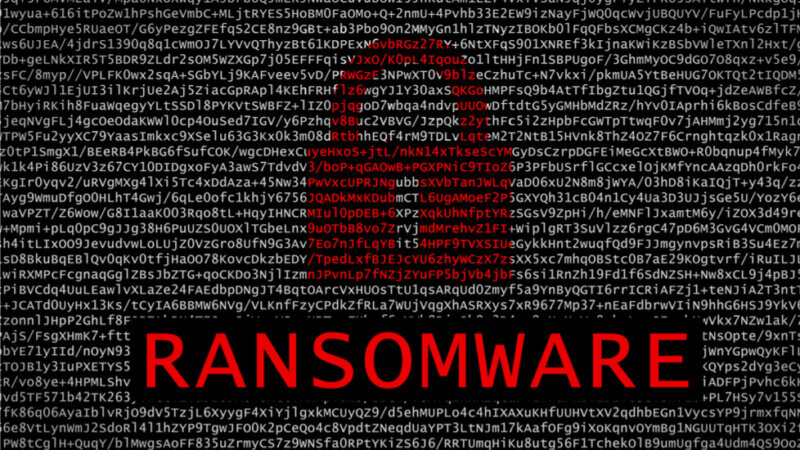Warning: Undefined array key "ssba_bar_buttons" in /var/www/html/wp-content/plugins/simple-share-buttons-adder/php/class-buttons.php on line 602
Warning: Undefined array key "ssba_bar_buttons" in /var/www/html/wp-content/plugins/simple-share-buttons-adder/php/class-buttons.php on line 602
Warning: Undefined array key "ssba_bar_buttons" in /var/www/html/wp-content/plugins/simple-share-buttons-adder/php/class-buttons.php on line 602
Warning: Undefined array key "ssba_bar_buttons" in /var/www/html/wp-content/plugins/simple-share-buttons-adder/php/class-buttons.php on line 602

Ransomware is a term used in the technology field to describe malware that blocks access to your data and extorts money from you to regain access. These attacks are frustrating as it’s similar to a squatter coming into your house and blocking you from using anything you own. This post will cover offensive strategies to help protect your organization from attacks.
Actions Items to Help Prevent Ransomware
The most popular advice to protect yourself against a ransomware attack is to back up all critical documents and data. Having a recoverable copy of your data will lower the impact should an attack occur, allowing you to rebuild a system back to its original state. It should be noted that there should always be an offline backup source. If you back up to a network location, that device is also vulnerable to ransomware or other exploits that could leave your backups being encrypted or deleted.
A hardware firewall is always recommended, but for additional protection, enable your software firewall. For Windows machines go to Firewall & Protection settings in the Windows 10 settings app. For older versions, open control panel > Windows Defender Firewall or Windows Firewall and look for the option “Turn Windows Firewall on” on the left. For Macs, open System Preferences > Security & Privacy > Firewall > and click “Turn on Firewall.” Do not assume this feature is turned on automatically, check your firewall today.
Update your operating system, both Microsoft and Apple frequently release security updates that help prevent things like ransomware. Make sure to update regularly and don’t fall behind. If you fall behind in updates you are only increasing your chances of being attacked. This also includes updates to anti-virus and third-party services like Flash and Java.
The last two tips are related specifically to Microsoft Office documents and exploits that have been studied. Microsoft Office uses macros which are small sets of instructions that help automate tasks. Versions of ransomware called locky and cerber use exploits of the macros feature to infect their host. You can protect yourself by disabling macros, Microsoft Office 2016 and newer automatically disables them. If you are on an older version you can get instruction to turn macros off here. Finally, never open email messages or their attachments if you are unsure of the sender. Recent ransomware attacks have been successful in exploiting security holes through documents and attachments opened by the receiver.
Finally, we realize that the tasks above can be daunting for most small businesses without an internal IT resource, but we can help! Contact us today to find out how we can assist in maintaining and securing your IT resources and data, increase productivity, and let you focus on what matters most – your business.




